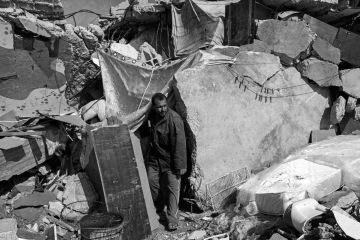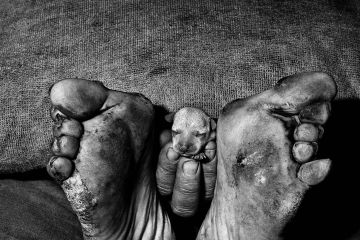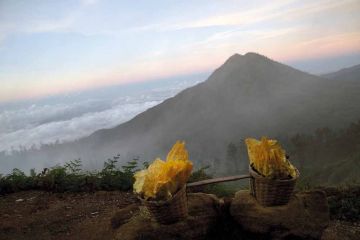Tengger Indians are
an ethnic group of about 30,000 people who live in eastern Java. The special
fact about them is that they belong neither to Indonesia nor India. Centuries
ago, they migrated to Indonesia from the eastern parts of South
America—crossing the Pacific in wooden rafts. Their “India” tag is a spiritual
one. In the Majapahit period—late 13th century—traders from south and east
Indian kingdoms, particularly Tanjore and Bengal, used to monopolise trade with
Java. They





